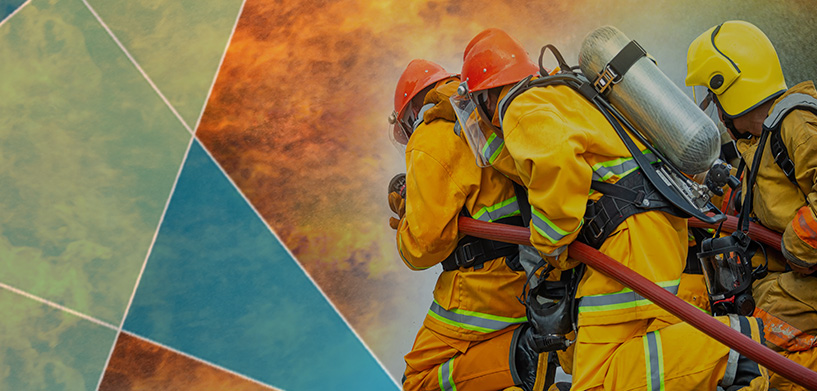No matter where in the world you see a fire engine, it will likely have hoses and nozzles used to extinguish fires, no matter where or what those fires may be. But for many fire departments worldwide, their tools and responsibilities go far beyond fires.
While driving you see an auto accident ahead, or while shopping at the mall a person in the food court suffers a medical emergency. What type of responder do you expect to see arrive on the scene first? If you guessed firefighters, in many cases you’d be right. According to the latest U.S. Fire Administration statistics, nearly 64% of the incidents responded to by U.S. firefighters were medical or rescue in nature.
With such a prominent role in so many types of emergency response situations, the value of highly trained firefighters with the best possible tools to do each of their many jobs can’t be overstated. That includes new tools and technology to meet the challenges of their primary role – fighting fires – a job that is becoming more complex and challenging in many parts of the world because of climate change. According to the Australian Institute of Criminology, there are approximately 45,000-60,000 bushfires a year in Australia. These fires are increasingly complex and dangerous because of our changing climate. But also, tools and technology support response to medical incidents, hazardous materials situations and other complex events much different than fires.
Thankfully, improvements in technology can help firefighters face whatever the emergency or fire may be, whether in a building in Washington D.C., a forest in Europe or a medical emergency in Asia.
Alerting firefighters to bushfires
An example of how technology can help is found in the American West, where bushfires often unpredictably threaten nearby communities and are extremely difficult to control. To improve the awareness of fires, brushfire detection sensors have been deployed. These can be linked to fire dispatchers through tools like HxGN Connect, improving the awareness of developing wildfires fires and reducing all important response times.
Similar tools support the connection and communication regarding bushfires in Australia, where recent years have seen incredible increases in the damage from large scale wildland fires in and around urban areas. Mobility solutions can support the firefighting operation by providing key information about the area through maps as well as critical information about structures which may be threatened. Multisource, multilayer mapping along with the easy integration of third-party tools which identify further enhance the capability of agencies to manage what can be incredibly challenging response environments that can last for days, weeks or longer.
Supporting emergency medical responses
In the United States, Hexagon technology supports the complex, multiagency response environments present in many parts of the country. In some communities, police, fire and EMS may all have role to play in critical events. Police officers may carry automatic external defibrillators (AEDs), EMS ambulances may be responding from a longer distance than normal due to increased activity levels and the fire department may be the nearest available paramedic resource. A cardiac arrest call may require the response of all three agencies. Managing this type of highly complex response environment requires a premier response recommendation, resource management and mapping solution.
“Hexagon technology is about getting the right resource to the right event,” said Chris Carver, director of market development for Hexagon’s Safety, Infrastructure & Geospatial division and 30-year dispatch/911 veteran. “HxGN OnCall helps dispatchers quickly determine incident locations, properly classify incident types and then ensure the right resources are assigned reducing response times and dramatically improving resource management.”
Two primary features of HxGN OnCall Dispatch that helps make this happen are the Recommend Unit process and the Response Plan capabilities. Response plans can be created using a simple diagram process that permits any Hexagon customer to customize their response plans to support not just the nuances of their community, but also multiagency events, standard operating procedures (SOPs) and the special equipment of units as well as specialized training of personnel. The Recommend Unit function allows dispatchers to review what units shall be assigned and interact dynamically with those recommendations, considering and adjusting for special needs, unique situations and specific requirements. Taken together, these capabilities translate to dramatically improved fire and EMS operations, no matter what environment an agency is in or whatever challenges they face.
Discover more
One thing is certain: with the severity of wildfires increasing, the complexity of fire responses growing and the heightened challenges of multiagency responses that need to be tailored to each community’s particular needs, fire departments need tools that will help them get their jobs done quickly and safely. Hexagon technology can help meet that challenge.
















